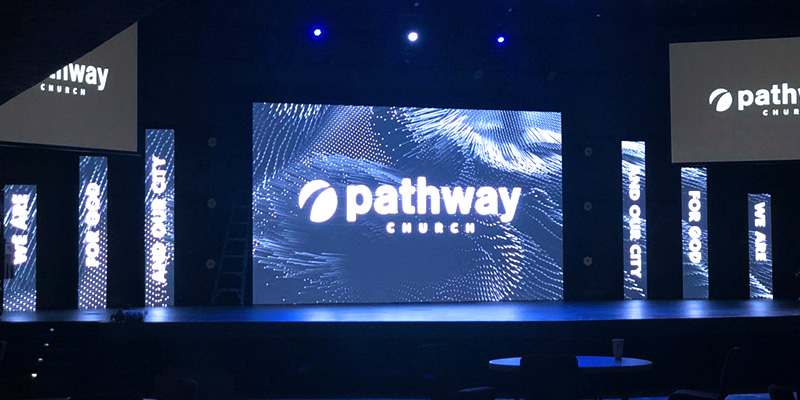Examining the Diverse Integration Options Offered for LED Wall Modules
Examining the Diverse Integration Options Offered for LED Wall Modules
Blog Article
Light Emitting Diode display units have gained popularity for their ability to deliver high-quality visuals in multiple settings, from corporate environments to entertainment venues. One of the most significant aspects of these panels is their interface options, which allow users to connect them to different devices and systems. Understanding the broad input options available for LED wall panels is vital for enhancing their use and effectiveness. This article explores these options, highlighting how they can cater to specific needs and preferences.
One frequent connection method for Light Emitting Diode wall panels is High-Definition Multimedia Interface. HDMI is broadly known for transmitting crisp video and audio signals between components. This interface type is especially useful in commercial environments, such as conference rooms or classrooms, where visual content or video content are often displayed. By using digital connectors, users can easily connect laptops, projectors, and streaming devices to LED wall panels, guaranteeing a sharp and vibrant presentation of media.
Another commonly used connectivity option is DisplayPort, which is comparable to HDMI but offers additional benefits. Display Port can support higher refresh rates and resolutions, making it an ideal choice for gaming or graphic-intensive applications. For those using Light Emitting Diode wall panels in settings where performance is critical, such as esports arenas or creative workspaces, Display Port can provide the necessary visual clarity. Moreover, many contemporary computers and graphics cards feature DisplayPort connections, making it a practical solution for technology-oriented users.
In addition to HDMI and Display Port, cordless transmission methods are becoming progressively prevalent in LED wall panel solutions. Cable-free interfaces allow users to transmit content without the requirement for physical cables, enabling a cleaner and more flexible setup. Platforms such as wireless internet and short-range communication enable users to connect smartphones, tablets, and laptops directly to Luminescent Diode wall panels without cumbersome wires. This convenience is particularly beneficial in fast-paced settings like exhibitions or events, where quick changes to displays are often needed.
For larger deployments or more complex setups, network connectivity through wired networking is another reliable solution. Wired links provide a consistent and reliable way to connect multiple Light Emitting more helpful info Diode wall panels within a system. This setup is ideal for digital signage applications found in retail centers or transport hubs, where multiple panels may need to present coordinated content across a wide area. By using Ethernet cables and routing hardware, operators can guarantee that all linked panels receive uniform data and information seamlessly.
Lastly, it's crucial to consider the evolution of interface technology with advancements such as Universal Serial Bus-C and Thunderbolt 3. These newer connection types offer increased data transfer speeds and versatility by allowing one connector to handle both energy transfer and data exchange. As more systems incorporate these protocols, Light Emitting Diode wall panels equipped with Type-C ports will likely become more prevalent. This shift in integration not only improves the functionality of Luminescent Diode wall panels but also aligns with the emerging trend of minimalistic design in hardware arrangements by their website minimizing the number of wires required.
In summary, examining the broad interface options accessible for Light Emitting Diode wall panels uncovers many opportunities for operators across multiple industries. From conventional approaches like High-Definition Multimedia Interface and DisplayPort to modern wireless solutions and network connections, each option serves unique functions suited to distinct needs. Additionally, emerging technologies like Universal Serial Bus-C promise further advancements in how users interact with LED wall panels. By understanding these connectivity choices, end-users can make strategic selections that optimize their overall experience with these versatile display tools.